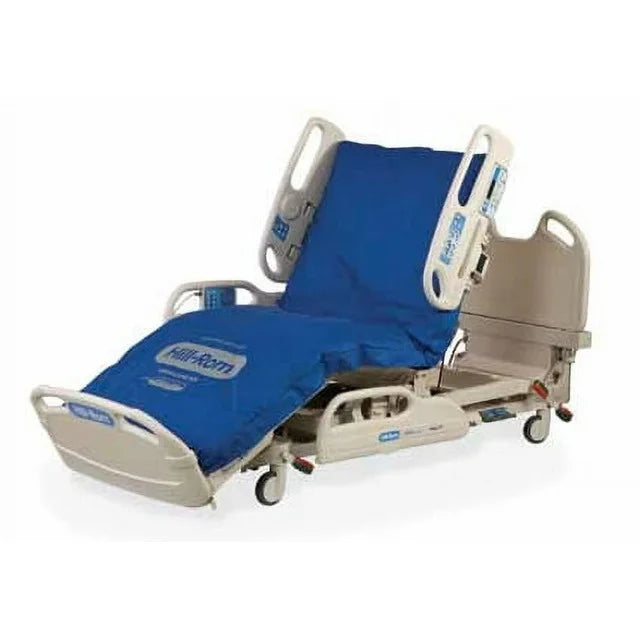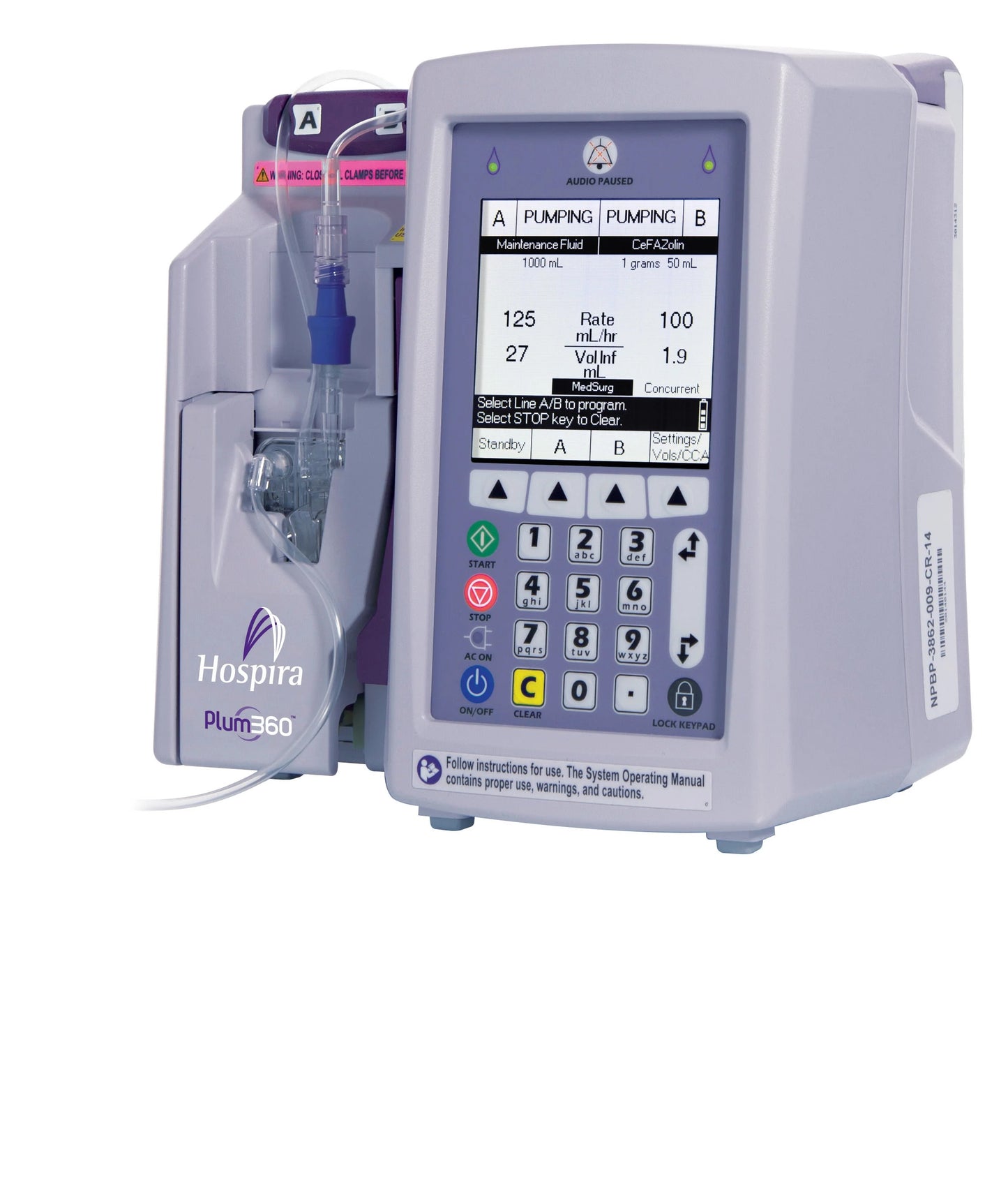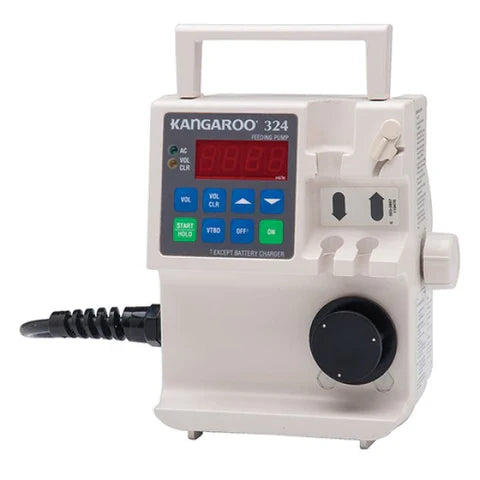
Hospital beds are a crucial aspect of healthcare infrastructure, providing comfort, safety, and specialized features tailored to the needs of patients. While primarily associated with healthcare facilities, certain types of hospital beds are also suitable for home use, offering convenience and essential support for patients in need. Understanding the various types of hospital beds and their applications can be instrumental in making informed decisions regarding home care and medical necessities.
Types of Hospital Beds:
-
Standard Hospital Beds: These beds are the most common type found in medical facilities. They typically feature adjustable height, head, and foot sections, along with side rails for patient safety. Standard hospital beds are versatile and suitable for a wide range of medical conditions.
-
Low Hospital Beds: Designed closer to the ground than standard beds, low hospital beds reduce the risk of falls for patients with mobility issues or those prone to wandering. These beds are especially beneficial for elderly or frail individuals.
-
Bariatric Hospital Beds: Engineered to accommodate heavier patients, bariatric hospital beds offer wider dimensions and higher weight capacities than standard beds. They provide enhanced stability and support for overweight or obese individuals.
-
Intensive Care Unit (ICU) Beds: ICU beds are equipped with advanced features such as cardiac monitoring, ventilator support, and electronic controls for precise positioning. These beds are reserved for critically ill patients requiring intensive medical intervention.
-
Pediatric Hospital Beds: Specially designed for children, pediatric hospital beds prioritize safety, comfort, and age-appropriate features. They often include colorful designs and smaller dimensions to cater to the unique needs of pediatric patients.
Hospital Beds for Home Use:
While ICU beds and specialized units are typically exclusive to medical facilities, standard, low, and bariatric hospital beds can be adapted for home use. These beds offer similar functionality to their institutional counterparts, providing patients with comfort, safety, and adjustable positioning in a familiar environment. Home caregivers can ensure proper care and assistance with the use of these beds, promoting the well-being of patients recovering from illness or managing chronic conditions.
Situations Requiring Home Hospital Beds:
Several circumstances may necessitate the use of a hospital bed in a home setting:
-
Chronic Illness Management: Patients with chronic conditions such as multiple sclerosis, Parkinson's disease, or advanced arthritis may require a hospital bed for long-term care and symptom management.
-
Post-Surgical Recovery: Following surgery, patients may experience limited mobility or require special positioning to aid in healing. A hospital bed at home can facilitate comfortable recovery and reduce the risk of complications.
-
Terminal Illness or Palliative Care: Individuals receiving palliative care or those in the advanced stages of a terminal illness may benefit from the comfort and support provided by a hospital bed in their home environment. It allows for dignified end-of-life care while ensuring the patient's comfort and safety.



